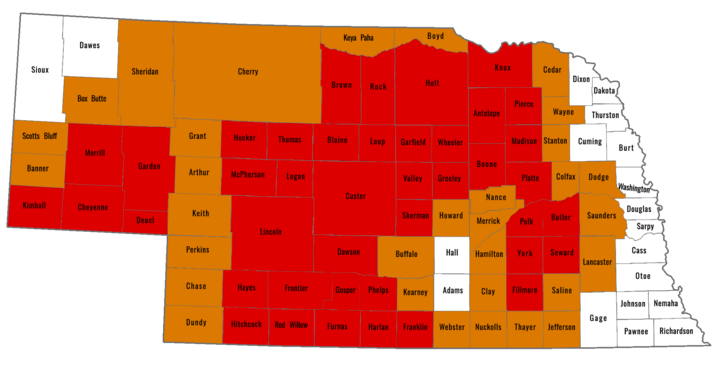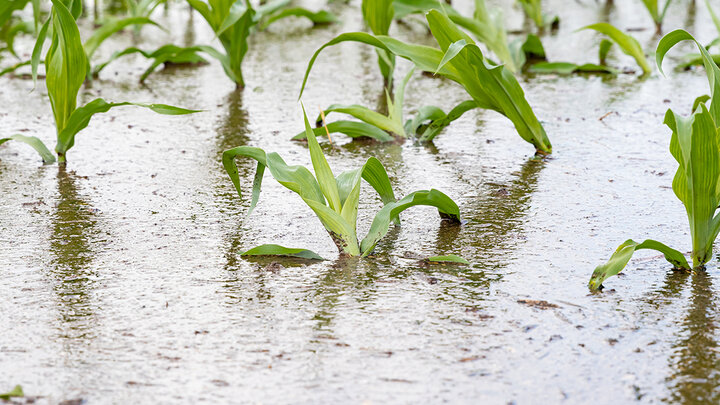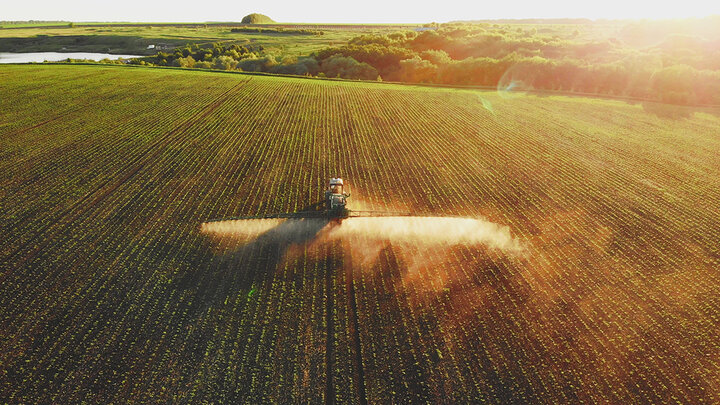Editor’s Note: This news release reflects multiple USDA FSA disaster designation announcements. As a result, some counties may appear under more than one designation due to changes in drought status over time.
The USDA Farm Service Agency (FSA) has designated numerous Nebraska counties as primary natural disaster areas due to drought conditions. This designation opens the door for eligible producers in those counties — and surrounding ones — to apply for emergency loans to help recover from production and physical losses.
Emergency loans can help producers replace essential equipment or livestock, reorganize operations, or refinance certain debts. Loan approval depends on the extent of losses, available security, and repayment ability.
According to the U.S. Drought Monitor, these areas experienced:
- D2 (Severe Drought) conditions for at least eight consecutive weeks, or
- D3 (Extreme Drought) or D4 (Exceptional Drought) conditions during the 2024 growing season.

Application deadline for the following counties is March 16, 2026:
Primary counties: Butler, Fillmore, Frontier, Furnas, Gosper, Hayes, Hitchcock, Phelps, Polk, Red Willow, Seward, York
Contiguous counties also eligible: Buffalo, Chase, Clay, Colfax, Dawson, Dodge, Dundy, Franklin, Hamilton, Harlan, Jefferson, Kearney, Lancaster, Lincoln, Merrick, Nuckolls, Perkins, Platte, Saline, Saunders, Thayer
- Kansas counties: Decatur, Norton, Rawlins
Application deadline for the following counties is March 24, 2026:
Primary counties: Franklin, Harlan
- Kansas counties: Phillips, Rawlins
Contiguous counties also eligible: Furnas, Kearney, Phelps, Webster, Dundy, Franklin, Harlan, Hitchcock, Red Willow
- Kansas counties: Norton, Phillips, Smith, Cheyenne, Decatur, Graham, Norton, Rooks, Sherman, Smith, Thomas
More Resources
On farmers.gov, the Disaster Assistance Discovery Tool, Disaster Assistance-at-a-Glance fact sheet, and Loan Assistance Tool can help you determine program or loan options. To file a Notice of Loss or to ask questions about available programs, contact your local USDA Service Center.




